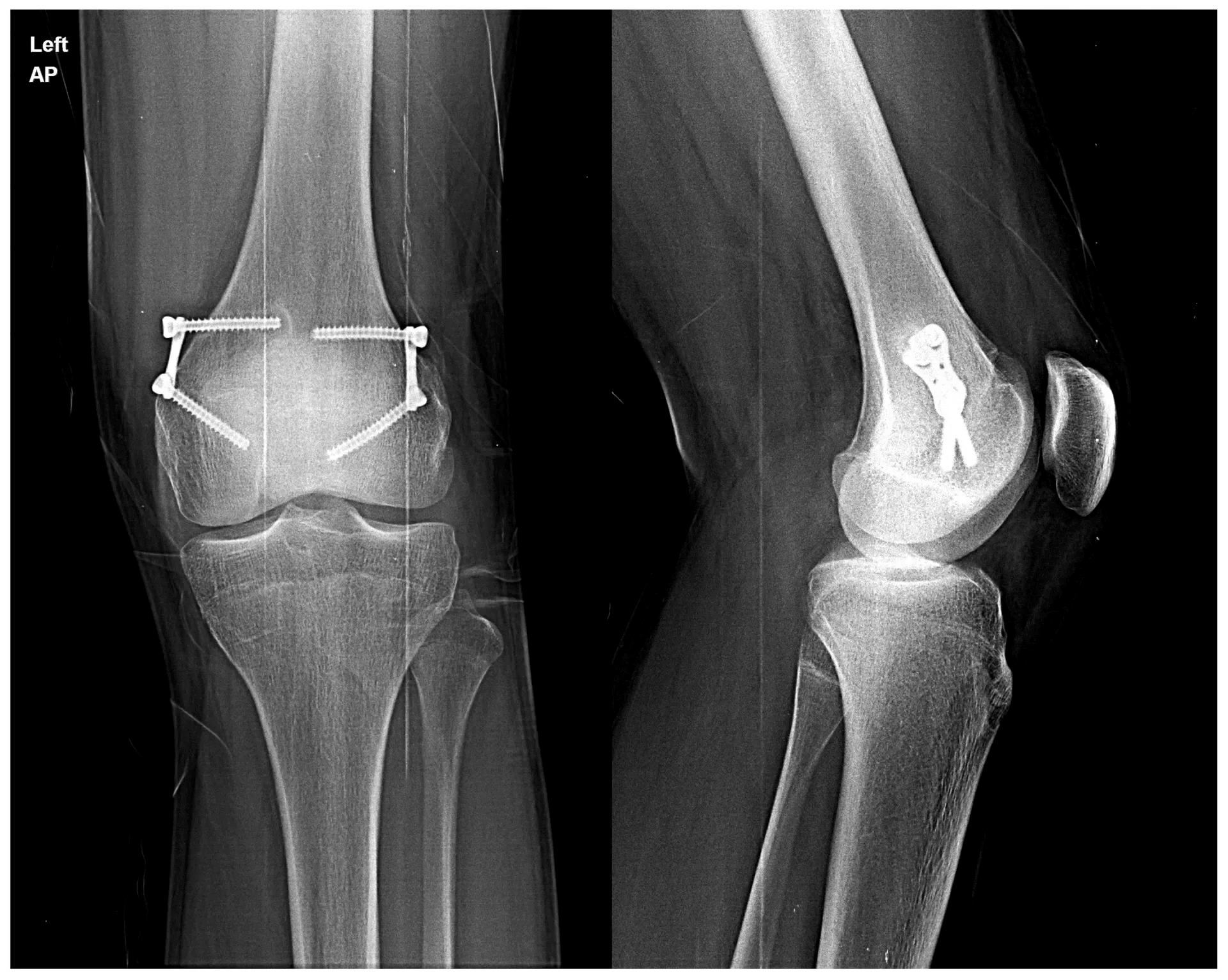Congenital dislocation knee, Paediatric-
Sign, Symptoms & Treatment
What is Congenital dislocation knee:
Congenital dislocation of the knee is a hyperextension deformity of the knee with varying degrees of anterior displacement of the tibia (leg bone) in relation to the femur (thigh bone). It is rare and found in 1 to 2 of 1 lac live births. More common in females. Pediatric orthopedic in Prayagraj can provide specialized care for such conditions.
Associated problem :
CDK can be presented with many other problems like equinovalgus/ congenital vertical talus, club foot, congenital hip dislocation, Forefoot adduction deformity
Grading of congenital knee dislocation:
Grading is based on the possible range of movement at the knee and the reducibility of the joint.
Grade 1: hyperextension of the knee with a possible range of movement at the knee is possible till the 90 degree
Grade 2: knee joint is dislocated, and 30 degrees to 90-degree knee flexion movement is possible with manipulation
Grade 3: irreducible dislocation
What are the causes of Congenital dislocation knee:
Many causes have been given, but it is because of less intrauterine space, fetal malposition, and quadricep fibrosis. It is also associated with genetic diseases like Larsen syndrome, arthrogryposis multiplex congenital & meningomyelocoel.
Diagnosis: diagnosis of CDK is clinical examination based:
On examination, skin fold over the knee, posterior aspect of femur condyle is seen behind the tibial condyle and decrease in a knee flexion movement. Etc. X-ray of knee AP& the lateral view is required
What is the treatment available:
Does treatment start after the delivery of the child?
We need to examine the child in detail. If the joint is manually reducible as
In grade 1- then weekly manipulation and plaster are given for few weeks, followed by Pavlik harness.
In grade 2- if with 1 or 2 manipulation joint can be reduced, then weak manipulation and plaster will be given otherwise percutaneous Tenotomy under anesthesia is advised.
In grade 3- we need to see other associated problems. In this grade, most children need surgery. In surgery, lengthening of quadriceps (quadricepplasty) or femoral shortening is necessary.
Prognosis:
Congenital dislocation is present alone without any other problem; the child will have nearly normal knee movement without much laxity or weakness. However, if the child has syndrome-like AMC, Larsen syndrome, the child will need physical therapy for a long duration. Mild; laxity, deformity, and stiffness may present forever. But the child will develop walking capability without support by good rehabilitation.
For More Information: Pediatric Orthopedic Treatment FAQs
Reference Links :
- https://posna.org/Physician-Education/Study-Guide/Congenital-Knee-Dislocation
- https://en.wikipedia.org/wiki/Knee_dislocation#:~:text=A%20knee%20dislocation%20is%20an,the%20knee%2C%20or%20compartment%20syndrome.
- https://www.karger.com/Article/FullText/516134
- https://www.ncbi.nlm.nih.gov/pmc/articles/PMC3058203/


Frequently Asked Questions
What are the major complications in rickets?
Failure to growth, an abnormally curved spine, Bone deformities, Dental defects, Seizures are major complications in rickets.
What are the major factors that can increase the risk of rickets in child?
Mother’s vitamin D deficiency during pregnancy, premature birth, and exclusive breastfeeding, lack of sun experience & nutritional deficiency are common factors.
How to make diagnosis of rickets?
It can easily identify through clinical examination. Vitamin d level in blood and x-ray of limbs will confirm the diagnosis.
Reviewed and Submitted by Dr. Jitendra Kumar Jain
Last updated on August 24, 2021
Dr.Jitendra Jain, MD and DNB (Orthopedics), president at Trishla Foundation, an NGO for treatment of cerebral palsy, and a Consultant Pediatric Orthopedic Surgeon & Cerebral Palsy Specialist at Trishla Orthopedic Clinic & Rehab Center.
Dr. J. K. Jain is a member of the general council at Dr. SMN university of rehabilitation, Lucknow, a member of the advisory board chief commissioner for PWD, Govt. of India (New Delhi), a member of the state disability research committee (U.P.), and a member of the committee of RCI, New Delhi. He has been awarded many awards, including the Dr.Bhagawan das memorial award, the spirit of humanity award, and the state govt. award for his services towards PWD, etc. Times of India has posted his work many times and mentioned him as one of the best doctors in the field of Pediatric Orthopedics. He helped many children recovering from cerebral palsy, just like comedian jay Chanikara, who is now able to stand and walk without any support, Abena, a Ghana girl with cerebral palsy, and many more. He also organized the National Wheelchair cricket tournament and created World’s first cerebral palsy village foundation in Prayagraj. He successfully treated 10,000+ children with various kinds of orthopedic disability, conducted 160+ free assessment camps, and produced a documentary film on cerebral palsy.
Walk in Appointments Available Daily
You can make an appointment online for video tale-consultation by fixing up an appointment at this website or you can visit the clinic to make an appointment in person and show to doctor with the care of social distancing at the given time.
Contact us
Call Us
0532-2468989
+ 91 9415014994
+ 91 8577873545
+ 91 9455001645
Email Us
totrishlaortho@gmail.com
Our Location
Dr. Jitendra Kumar Jain
Trishla Orthopedic Clinic & Rehab center, 182C / 350A, Tagore Town, Prayagraj (Allahabad) U.P-211002, India
